
Using improvement in all we do
20th May 2022
ELFT staff and service users have been learning quality improvement (QI) methods and applying them to improve what matters most to them for the last 7 years. A significant number of staff and service users are trained in improvement:
- Over 2000 existing staff have undertaken introduction to QI training
- More than 200 service users have undertaken introduction to QI training
- Over 1000 staff and service users have been trained to lead QI work
- More than 130 staff and service users have been trained to coach and support QI activity.
There is a rich resource of support around teams to give them the best chance of success from their improvement efforts. This includes QI Forums to coordinate and organise local improvement efforts supported by QI Sponsors, QI Coaches and improvement advisors.
Using improvement through QI Projects
To solve complex problems using QI, people have been coming together regularly to coordinate their efforts and rapidly learn and adapt from testing ideas. This has been primarily done through 433 active or completed quality improvement projects across all areas of our strategy – from population health, to service user experience, staff experience and value.
Using improvement in all we do
In all the areas where people interact with ELFT services as service users, staff or local partner organisations, we have a common accessible language and approach to improvement. With so many people trained in improvement who also have the permission to apply this skill to what really matters, we are at an exciting time where improvement can and is being applied to all we do. In addition to using QI in projects, people are embracing QI as a way of being, thinking and working as individuals, in their teams and workstreams. There have been some great examples of this. Here are a few of them:
- A team whose service users are experiencing long wait times used a flowchart to understand the problem
- A workstream trying to promote work-life balance across the organisation have been developing their theory and coordinating their effort using a driver diagram
- A service user used a driver diagram and run chart to track their condition and used that to have a discussion with their doctor about their recovery aspirations and progress
- A workstream on financial viability helped teams to understand the problem by taking a ‘waste walk’ to where work is being performed I order to observe what’s happening and to note the waste
- A senior nurse on a ward created a PDSA (Plan-Do-Study-Act) booklet and gave a copy to every member of staff and encouraged them to spot things in their work that could be improved and the permission to use this systematic approach to improving them
- A manager new to the organisation reached out in their first few weeks on the job to do QI training because they want to apply the method in their work
- A senior nurse focused his team on understanding variation from the System of Profound Knowledge to improve safety across their inpatient wards
- A Learning and Development Business Partner attended Pocket QI and applied the skills by following the sequence of improvement to address the issue of apprentices to the organisation withdrawing from the process. They looked at their data, created a cause and effect diagram, a driver diagram and flowcharts of the different processes.
What is unique and truly inspiring from these few examples is the agency of individuals and groups to apply QI in seeking to improve something that matters to them. These are not QI projects, but are equally valuable examples of improvement work.
Deciding on how to improve
Some of these examples may eventually develop into QI projects if:
- the problem turns out to be complex and multifactorial
- there is a theory but no clear solution
- they would benefit from close support and concerted effort by a dedicated group for a burst time
- they need to run rapid cycle testing with a team meeting regularly,
- they will need ‘Big I’ involvement for full and continuous partnership with service users to develop and deliver the work
- they can foresee that the learning from their effort would eventually need to be captured and spread to other teams.
Improvement happens in different ways, what is important is that we improve what matters and are guided by a method and a set of tools. Look for opportunities to do this in all you do and use your networks to share your stories and those of your colleagues with others. Some helpful tips for using improvement in all you do are to:
- Organize your thought around a problem using the three questions in the Model for Improvement and test something using the PDSA cycle
- Use the sequence of improvement for the stage you are at with the challenge you are facing
- Refer to the four interrelated areas in the System of Profound Knowledge to challenge and target your thought and actions around complex challenges.

Most Read Stories
-
Why is Quality Control important?
18th July 2018
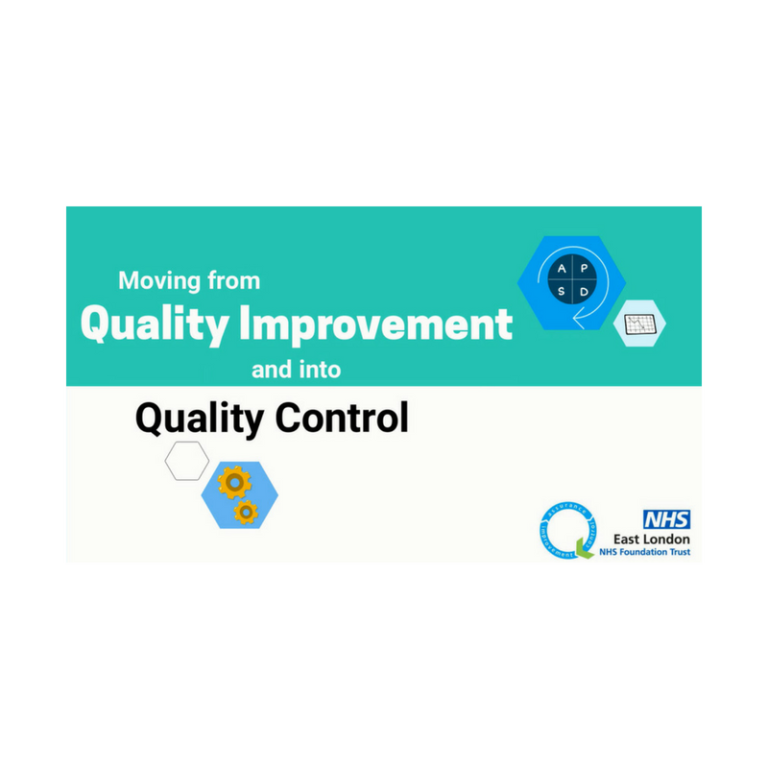
-
An Illustrated Guide to Quality Improvement
20th May 2019
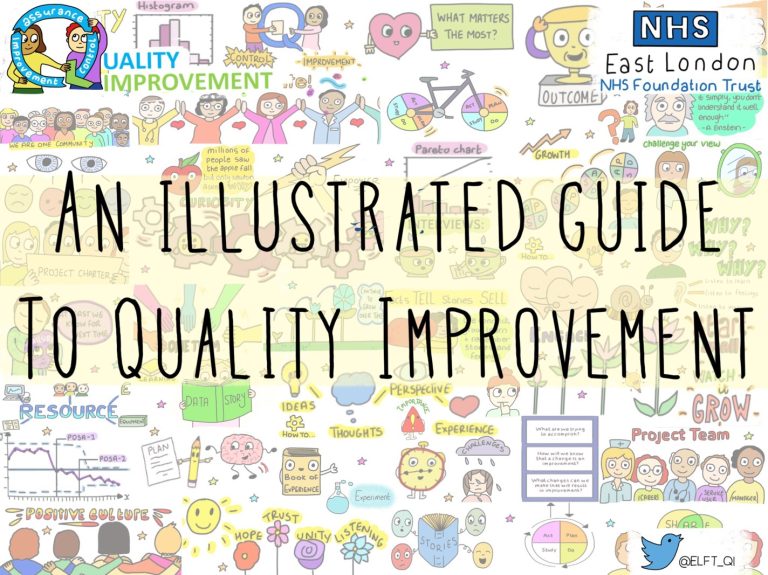
-
2016 QI Conference Poster Presentations
22nd March 2016
-
Recognising Racism: Using QI to Help Take Action
21st January 2021
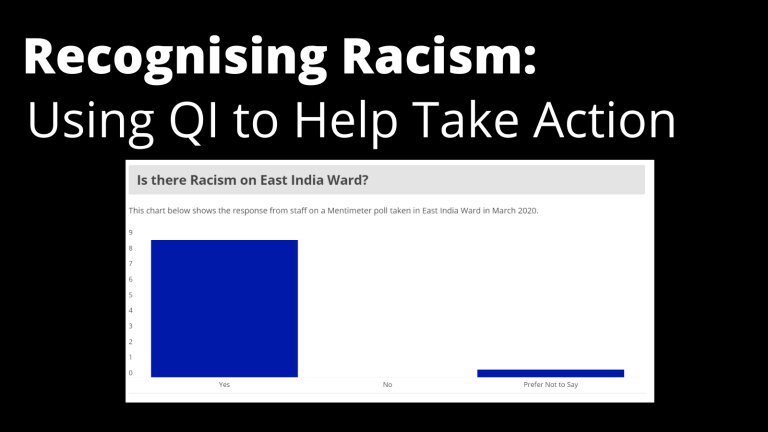
-
Using data enabled us to understand our problem
31st March 2023
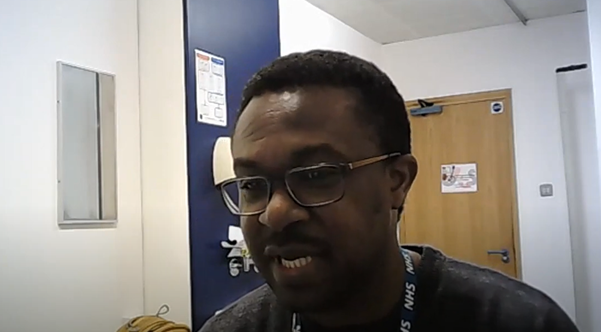
-
QI Essentials: What does a Chief Quality Officer do?
18th March 2019

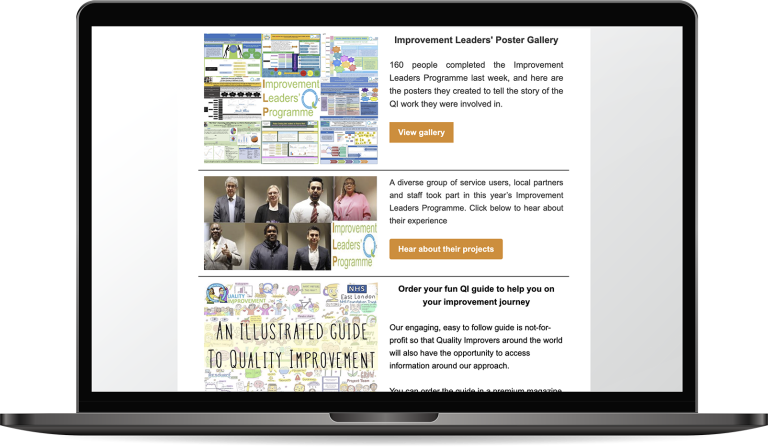
Follow QI on social media
To keep up to date on the latest concerning QI at ELFT, follow us on our socials.


